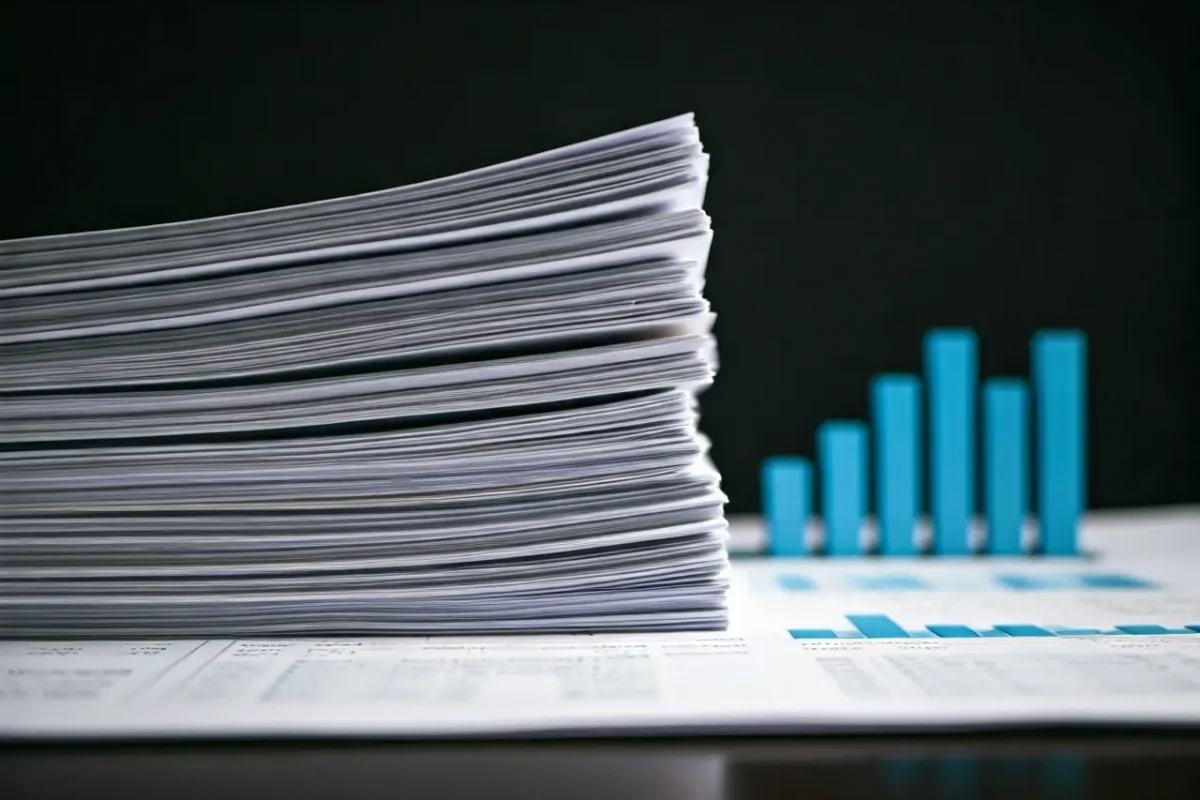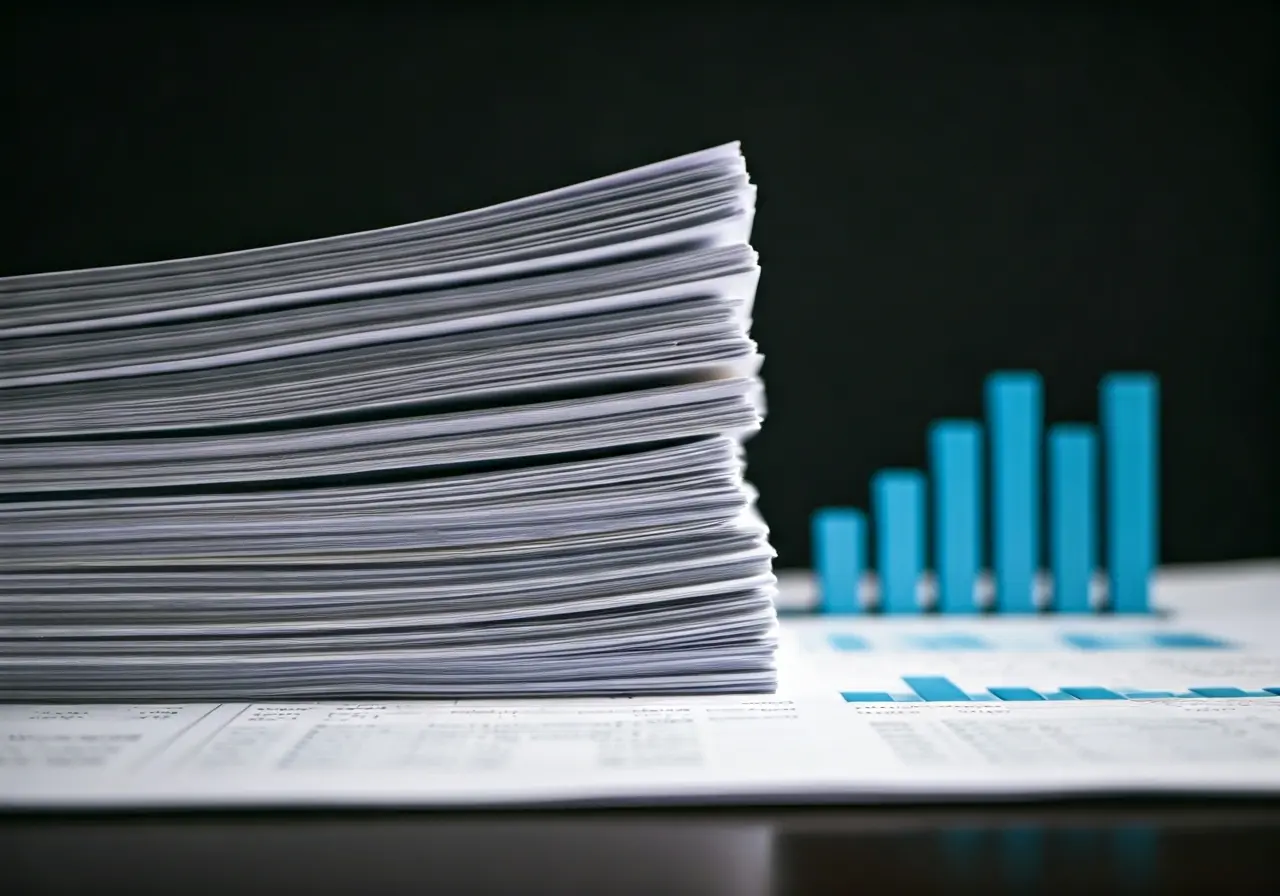Debt collection is a crucial process for maintaining financial stability, whether in a business-to-business (B2B) context or with individual consumers. However, the approach can vary significantly between the two. In this guide, we’ll explore the key differences between B2B and consumer debt collection, helping you understand what sets them apart.
Understanding the Basics of Debt Collection
Before diving into the differences, it’s important to grasp what debt collection entails. It involves pursuing payments of debts owed by individuals or businesses.
Debt collection is not just about retrieving unpaid money. It’s about understanding the cause of non-payment and resolving issues amicably. This can involve communication with debtors, setting up payment plans, and sometimes even renegotiating terms.
Moreover, both B2B and consumer debt collection share the ultimate goal of maintaining cash flow. A steady inflow of cash ensures that a company can meet its own obligations, invest in growth, and sustain operations smoothly. However, the strategies utilized vary depending on the type of debt and the parties involved.
What Makes B2B Debt Collection Unique?
B2B debt collection often involves larger sums, longer payment terms, and a more complex negotiation process. Businesses may engage in continuous transactions, leading to an ongoing relationship.
In a B2B context, the stakes are typically higher. It’s not uncommon for businesses to extend significant credit lines to one another. This means debt collection processes must be tactful, allowing room for negotiation and diplomacy, as these businesses may continue to work together long after any dispute is settled.
Additionally, B2B debt collectors often use a consultative approach. They assess the debtor’s situation, understand their financial position, and craft solutions that benefit both parties. This relationship-focused approach is key to resolving issues effectively and maintaining good working relationships.
The Consumer Debt Collection Process
Consumer debt collection usually deals with smaller amounts and shorter payment terms. The process is highly regulated to protect individuals from aggressive collection tactics.
Collectors working with consumer debts often face stricter regulations to ensure fairness and prevent harassment. This process involves contacting debtors, explaining owed amounts, and offering payment options, keeping communication clear and professional.
The nature of consumer debt means there are more accounts to manage, but often with less ongoing interaction. This makes direct communication skills and organizational efficiency important for collectors in this space.
Regulatory Environment: B2B vs. Consumer
Consumer debt is governed by strict regulations like the Fair Debt Collection Practices Act (FDCPA), while B2B debt collection is less regulated but still requires adherence to fair practices.
The regulatory landscape for consumer debt collection ensures that individuals have rights and protections. These rules are in place to curb unethical practices and make sure that collectors treat debtors with respect.
On the other hand, while B2B collection doesn’t fall under these same laws, businesses must still follow ethical practices. Unfair or aggressive tactics can harm reputations and business relationships, which are crucial in the commercial sector.
Strategies Used in B2B Debt Collection
In B2B settings, collectors often focus on negotiation, fostering long-term business relationships, and utilizing legal options when necessary.
One common strategy is early engagement. By acting promptly when a payment is overdue, collectors can address any issues before they escalate. This proactive approach can lead to quicker resolutions.
Furthermore, mediation services can also play a role in B2B debt collection. When communication breaks down, a neutral third party can help facilitate discussions and reach a mutually agreeable solution.
Challenges in Consumer Debt Collection
Consumer collectors face challenges like dealing with a high volume of accounts, strict compliance requirements, and maintaining a respectful approach.
Achieving compliance with numerous and evolving regulations is a major challenge, as any mistakes can not only lead to bad debtor relationships but can also result in legal repercussions.
Moreover, collectors must balance assertiveness with compassion. Each debtor’s situation is unique, and finding ways to work within their means while ensuring repayment requires both empathy and resolve.
Recognizing the Differences in Debt Collection
In conclusion, while both B2B and consumer debt collection aim to recover outstanding debts, the methods, regulations, and relationships involved vary considerably. Businesses must be aware of these distinctions to effectively navigate the debt collection process and maintain healthy financial relationships.







